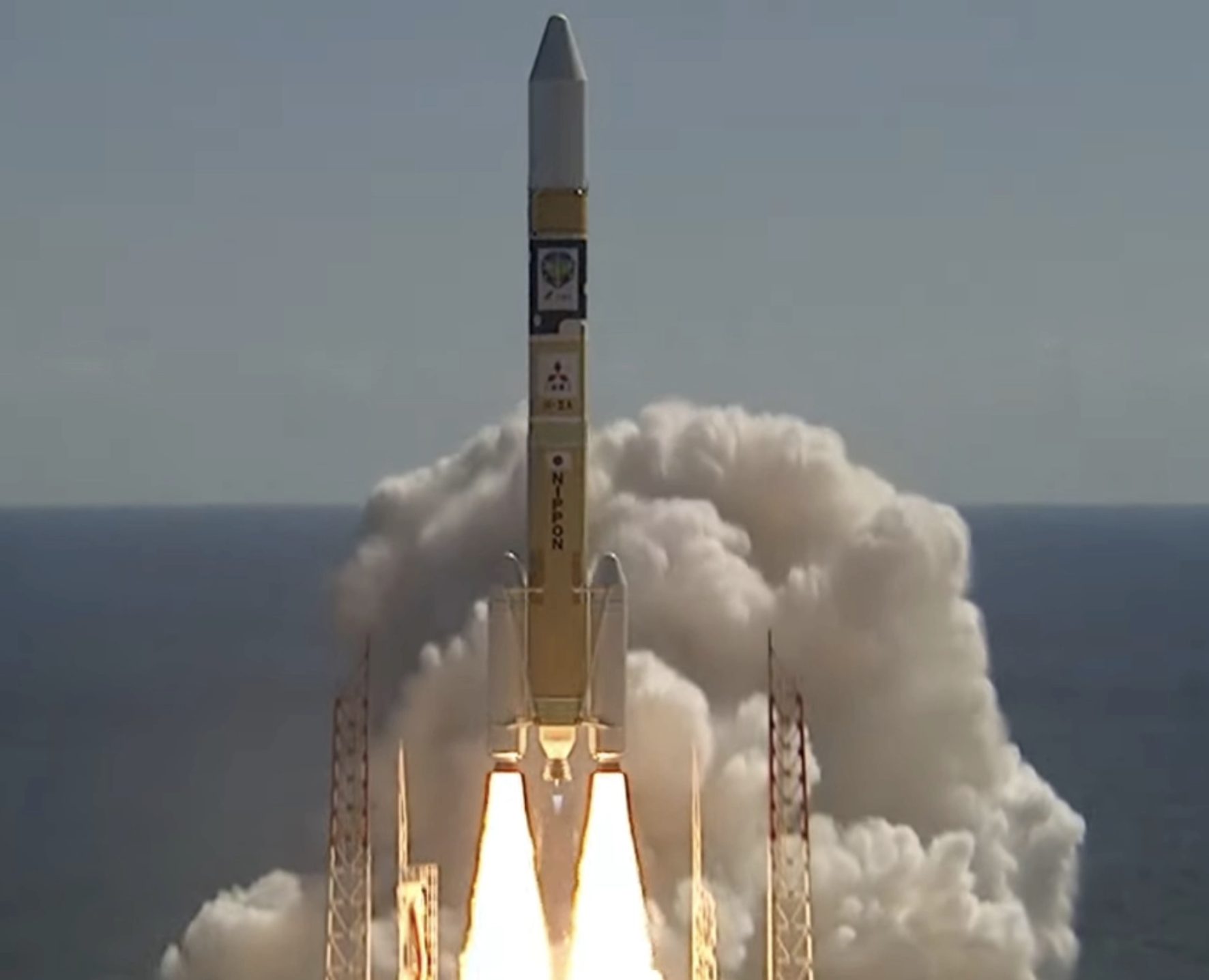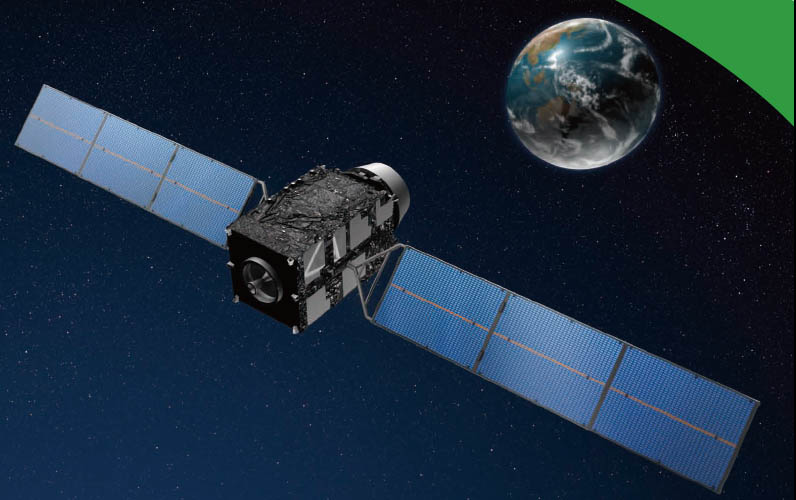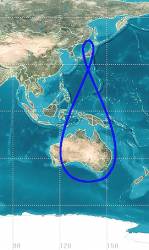Japan’s Quasi-Zenith Satellite System (QZSS) launched a replacement for its first satellite, Michibiki-1, on October 26. QZS-1R, to be known as Michibiki-1R, flew up on a Mitsubishi Heavy Industries rocket and all went smoothly.
QZSS functions as a regional satellite-based augmentation system (SBAS0, improving GPS and Galileo accuracy for Japanese users in urban areas. It uses one geostationary satellite and three satellites in highly inclined, slightly elliptical, geosynchronous orbits. Each orbit is 120° apart from the other two and their ground traces are asymmetrical figure-8 patterns designed so that one is almost directly overhead (elevation 60° or more) over Japan at all times.
In December of last year, QZSS inaugurated a Centimeter Level Augmentation Service (CLAS), broadcasting a signal for nationwide open PPP-RTK service in Japan and providing centimeter positioning accuracy in a minute. This increased the number of available GNSS satellites up to 17: GPS, Galileo and Quasi-Zenith Satellite System (QZS) satellites all-in-view are corrected by the QZS L6 signal.
Designed for a 15-year lifetime, QZS-1R becomes one of four in the current QZSS system, which began offering services in November 2018. The Japan Aerospace Exploration Agency (JAXA) plans for a total of seven QZSS satellites by 2023. That satnav system will function independently of GPS.
Photo courtesy Mitsubishi Heavy Industries Launch Services.





